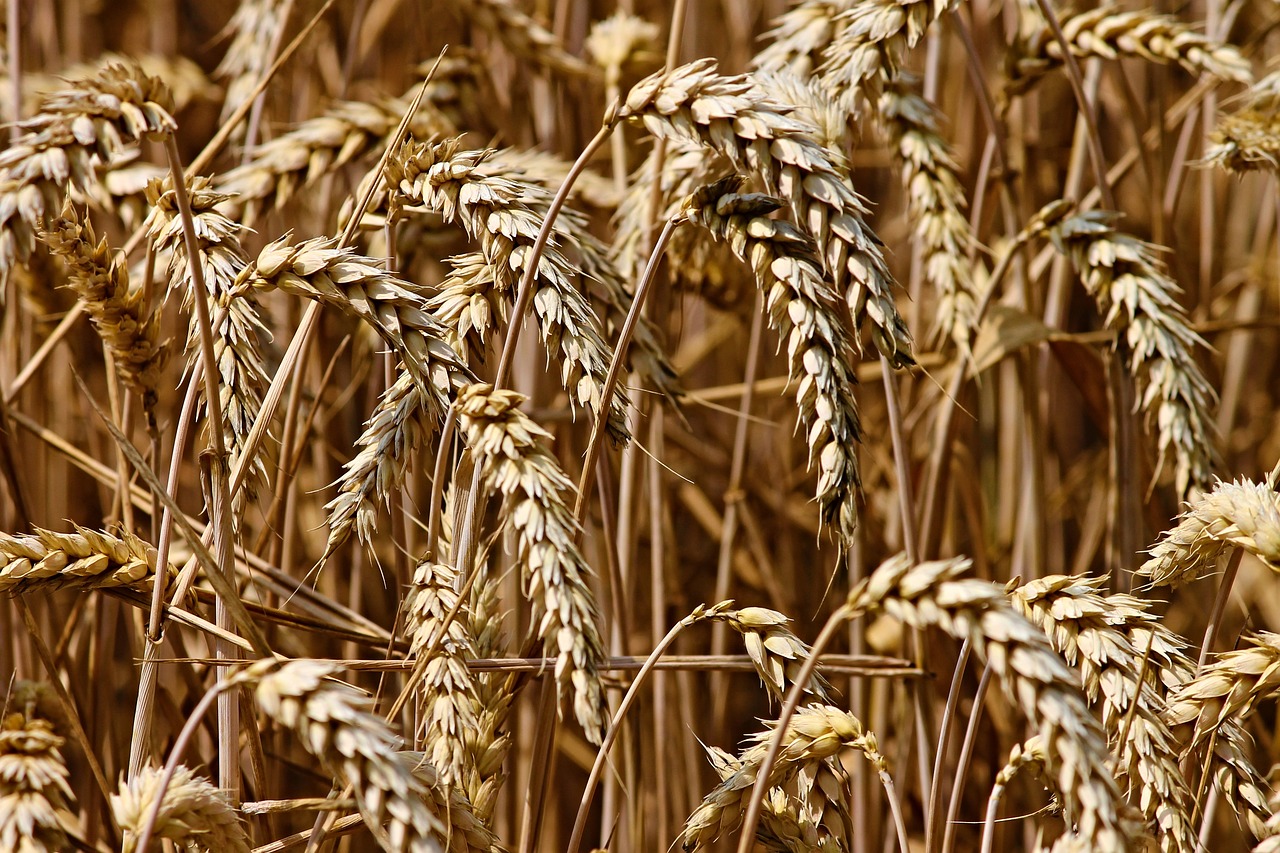Wheat Market Bulls Bounce Back: More Upside Is Likely

The July soft red winter (ZWN25) and hard red winter wheat (KEN25) futures contracts closed at the highest levels in six weeks on Friday, June 6, and produced technically bullish weekly high closes. That set the stage for follow-through, chart-based buying interest early this week. Prices in both winter wheat futures markets are now trending higher on their daily bar charts.


Some Bullish Fundamentals in Play for Wheat
Monday afternoon’s weekly USDA crop progress reports will be closely scrutinized by traders, especially the condition of the U.S. spring wheat crop, which showed some surprisingly low readings in the “good” to “excellent” categories when the initial readings came out a couple weeks ago.
As of June 2, 95% of the U.S. spring wheat crop had been planted in the top six growing states. USDA reported 73% of the spring wheat crop had emerged, slightly behind last year (76%) but ahead of the five-year average (69%). Overall, 50% of the spring wheat crop was rated in good to excellent categories, much lower than last year’s rating of 74% in the same categories.
The escalating Russia-Ukraine war is moving closer to the front burner of the wheat futures markets, which could be more price-bullish for wheat in the near term. Russian targeting of Ukrainian grain facilities is a growing concern amid the heavier air bombardments coming from Russia.
Weather in global wheat regions is a mixed bag but does lean slightly price-bullish. The U.S. winter wheat harvest will be gaining steam in the coming weeks. Weather reports late last week said wheat in northern Montana and the Canadian prairies needs moisture and crop stress is rising. Meantime, winter wheat in the central U.S. and Plains states has been too wet, with more rain in the forecast for that region. In problematic overseas wheat regions, French wheat still needs rain and Russia’s southern region, eastern Ukraine, and Kazakhstan need rain, too.
Corn and Soybean Weather Markets Would Also Boost Wheat Prices
From late-June through August is when weather-market scares in the U.S. Midwest pop up quickly and corn (ZCN25) and soybean (ZSN25) prices rally. The first week in July is a critical timeframe for the corn and soybean markets. It’s at that time that weather patterns in the Corn Belt can cause existing price trends to reverse or accelerate. Many more years than not there is some degree of a weather-market rally that occurs in the corn and soybean futures markets. There was no significant weather scare in the corn and bean markets last summer, so this summer, a weather market rally is even more likely. The last time the corn and soybean markets went two years in a row without a weather market rally was in the mid-1980s.
Three Key Outside Markets Favor the Wheat Bulls
The weaker U.S. Dollar Index ($DXY) that is now trending lower and is not far above the three-year low scored in April is friendly for the wheat markets, as it makes wheat, which is priced in U.S. dollars for world trade, less expensive to purchase with non-U.S. currency.

Nymex crude oil (CLN25) futures prices hit a two-month high on Friday and that market is trending up. Crude oil is the leader of the raw commodity sector and when it’s rallying, that’s a bullish element for other raw commodity markets, including the grains.

Up-trending U.S. stock indexes that just hit three-month highs last week mean trader and investor attitudes are more upbeat, which invites more speculative money to come into the raw commodity markets on the long side.

Bearish Elements May Limit the Upside for Wheat Futures
Thursday’s monthly USDA supply and demand report (WASDE) for June will be a highlight for the wheat futures markets this week. The May WASDE report leaned bearish, forecasting a significant increase in U.S. wheat ending stocks, at 923 million bushels – the highest level in six years and a 10% increase year-over-year. World wheat production was forecast last month to hit a record 808.5 million metric tons.
The U.S. and China are set to resume trade talks after a “very positive” phone call between President Donald Trump and Chinese President Xi Jinping last Thursday. Progress on global trade issues, or lack thereof, will continue to be a major fundamental market factor for the grains in the coming months. If the past few months are any indicator, substantial progress on reducing global trade tensions may be hard to come by. If that’s the case, rallies in the wheat markets are likely to be squelched. The outlying surprise to grain market traders would be major success on lowering trade tensions — especially between the U.S. and China.
My Bias
I think the winter wheat futures markets have put in price bottoms and will continue to trade sideways higher in the coming weeks and few months – and will be boosted by the high likelihood of a weather-market rally in corn and soybeans this summer.
Tell me what you think. I really enjoy getting email from my valued readers all over the world. Email me at jim@jimwyckoff.com
On the date of publication, Jim Wyckoff did not have (either directly or indirectly) positions in any of the securities mentioned in this article. All information and data in this article is solely for informational purposes. For more information please view the Barchart Disclosure Policy here.